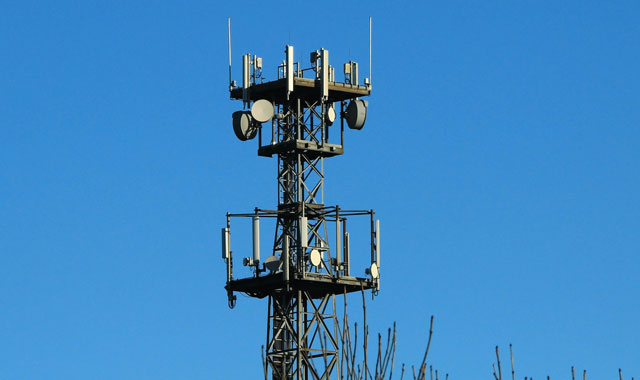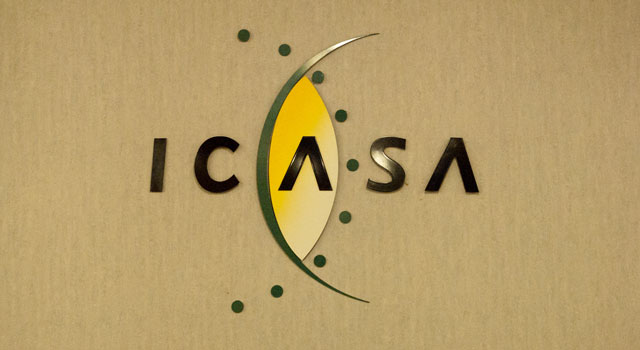
In a sign that South Africa is finally getting ready to license spectrum for next-generation wireless broadband services, communications regulator Icasa has published an “information memorandum” to provide prospective applicants with details of the process and criteria to be applied in licensing access.
The news comes just a week after telecommunications & postal services minister Siyabonga Cwele said in an interview with TechCentral that government intends finalising the policy on licensing access to “high demand” spectrum within the next six months — by the end of March 2016 at the latest. Cwele intimated that a policy on “open access” — where third party providers can get access to certain infrastructure — will be an integral part of the policy.
But in a controversial move, Icasa has proposed that prospective users of the “digital dividend” spectrum currently used by broadcasters — they will vacate it through digital television migration — pay for the free distribution of digital TV set-top boxes to households.
“The information memorandum is being published for comments providing information to prospective radio frequency spectrum applicants who want to offer mobile broadband, wireless access services for urban and rural areas using the complimentary bands IMT700, IMT800 and IMT2600 for purposes of providing national broadband wireless access services,” Icasa said in a statement.
The regulator is referring to the 700MHz and 800MHz digital dividend bands (703MHz to 790MHz and 790MHz to 862MHz) currently occupied by TV broadcasters. The third band in question is 2,6GHz (specifically, 2 500MHz to 2 690MHz), which is currently largely unused.
The digital dividend bands are particularly well suited for rural coverage, although they can also be used in the cities. The 2,6GHz band is better suited to urban environments.
The spectrum will be awarded on a national basis covering the entire territory of South Africa, Icasa said.
It intends imposing a number of obligations on successful applicants. It said it is “particularly impressed” by the model adopted in Germany, where operators that wanted spectrum at 800MHz were required to provide coverage in less populated areas before they were able to use it in more populated areas.
“This led to LTE services being available across the whole country in a period of less than two years,” it said. “The authority plans to place a coverage obligation following similar principles on … the winners of packages which contain low-frequency spectrum.”
Icasa will identify areas that should be covered under this requirement and will expect licensees to roll out 70% of the broadband network in the identified areas before they are allowed to build networks using the same spectrum in the cities.
In addition, successful applicants will be required to provide sufficient quality of coverage to provide data services with an average downlink speed of 30Mbit/s between 7am and 8pm, it said.
They must also provide services using the digital dividend spectrum to the identified underserviced areas within three years of being granted access. If they fail to meet this obligation, “this will be regarded as a serious breach of the licence conditions”.
Icasa said, too, that it intends reserving 2x20MHz of spectrum in the 700MHz band for a wholesale open-access wireless broadband network.
This network will get a three-year “holiday” from paying spectrum licence fees for access to the band. The winner must provide wholesale open-access services on a transparent and non-discriminatory basis; offer fair and reasonable pricing; and be cost-orientated with a reasonable rate of return.

However, in a controversial move and “in order to fast-track the digital terrestrial television migration project and utilisation of 700MHz/800MHz, applicants awarded this spectrum are obliged to provide set-top boxes free of charge to households for free-to-air terrestrial television services”.
This section of the document is, however, badly worded and it’s not clear if this is aimed at households that qualify for free set-top boxes under a government subsidy plan or whether everyone will benefit from the proposed scheme.
The cost to provide set-top boxes free of charge will be offset against the auction price for access to the spectrum, Icasa said.
On black economic empowerment, the regulator has proposed that successful applicants must achieve level 2 BBBEE status within 24 months from the issue of the spectrum licence. Alternatively, they must increase equity ownership by historically disadvantaged persons by 3% within 24 months from date of issue.
Awarding of spectrum will take a three-stage process, which will include qualification, auction and licensing stages, it said.
In the qualification stage, parties will be invited to submit applications, in which they must state on which spectrum lot categories they may wish to place bids during the award process. The identities of all applicants will be announced. The applications will then be assessed by Icasa and those that meet the requirements will be qualified.
Following the qualification stage, the auction stage will commence. Qualified bidders will be requested to submit a bid for the lots that they would be prepared to acquire at reserve prices. The auction stage will take the form of a “simultaneous multi-round ascending” (SMRA) auction, Icasa said.
Bidders will be free to switch between lots within the lot categories for which they are qualified to bid during the SMRA auction process.
Following the auction stage, licences will be issued to winning bidders, subject to the payment of the auction fee.
Interested parties wanting to comment on Icasa’s information memorandum have until 16 October to do so. — © 2015 NewsCentral Media
- Subscribe to TechCentral’s free daily newsletter




